Street Smart Naturalist
A free newsletter oriented toward building stronger connections to place through stories of human and natural history in the Pacific Northwest streetsmartnaturalist.substack.com
From Tide Pools to the Stars and Back
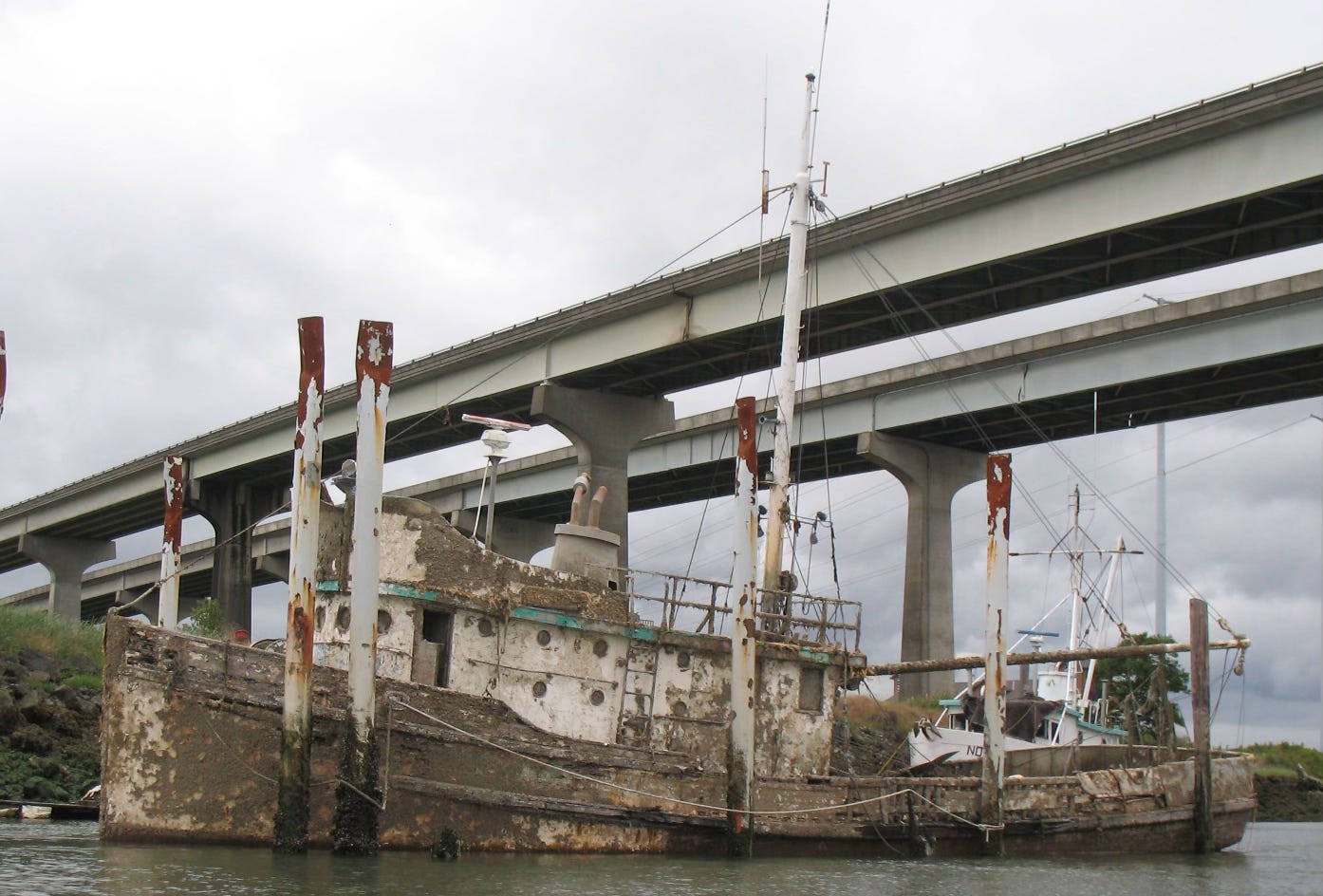
Last week, I had the privilege of seeing one of the most famous boats to ply the Pacific Ocean: the Western Flyer. Built in Tacoma in 1937 for the sardine fishery in Monterey Bay, California, the 76-foot boat achieved its notoriety through Ed Ricketts’ and John Steinbeck’s The Log from the Sea of Cortez. The book details the collecting trip they made in the summer of 1940. Best known as the model for “Doc” in Steinbeck’s novel, Cannery Row, and author of the legendary Between Pacific Tides, Ricketts, and Steinbeck, planned to survey marine life by collecting in the infamous s...
Lava. Lava. Lava!
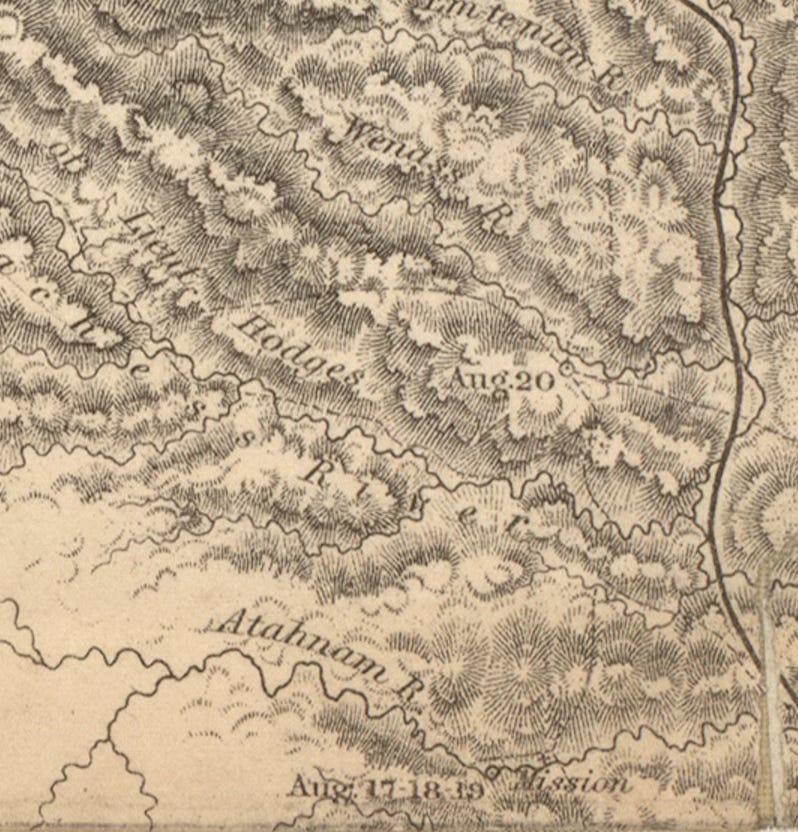
On August 20, 1853, future Civil War general George McClellan camped along Wenas (or Wee_Nass, as he wrote it) Creek, about 15 miles northwest of Yakima. It was his 22nd night out as part of a multi-month exploration of the Cascade Range. His task: finding the best route for a train over the mountains. (No secret, he failed.) That day, he and his survey team had crossed Cowiche Creek and Naches (Nah_Chess) Creek and several low ridges before entering the Wenas Creek valley. The land was “extremely barren,” wrote Lt. McClellan, with nothing but sagebrush and “almost literally, no grass.” He did t...
Mr. Bun in Seattle
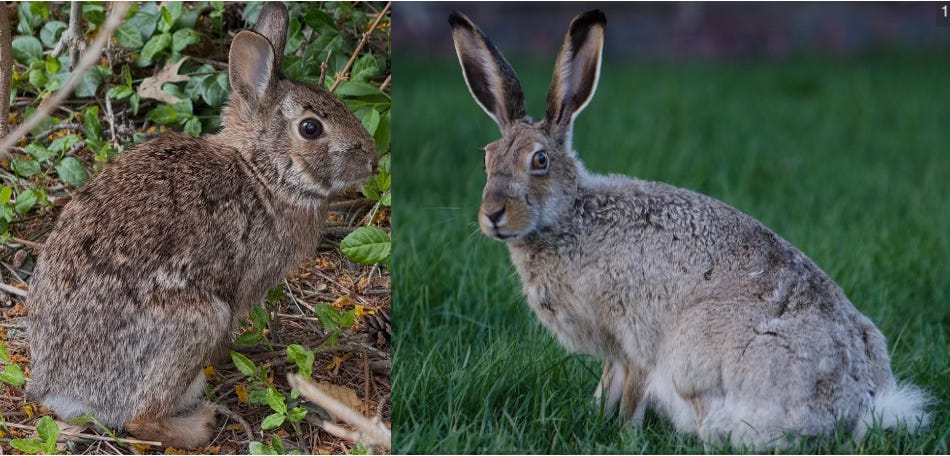
For many years, I have referred to every rabbit I see as Mr. Bun. I have no idea why but do know that this year I have been seeing more Mr. Buns around my fair city and its surroundings. They are sprinting across roads, hopping through yards (ours included), gallivanting in parks, flitting in fields, and skittering into smeuses. They’re eating garden vegetables, getting squished by cars, and getting eaten by other urban residents of the furred and fowl kind.
Curiously, no one has surveyed the population (of Mr. Buns, not us) to see how many li...
Global Warming: A Screed

“We’re not doing that climate change, you know, crud, anymore.” Brooke Rollins, Secretary of Agriculture - 5/8/2025
‘Do you believe in climate change?’ is not really a meaningful question, because climate change has existed as long as the Earth has existed. Vivek Ramaswamy, self-described conservative American nationalist - 9/19/2023
“That’s why climate change is the perfect enemy. They get to control your life to deal with it, no matter what’s happening.” Pete Hegseth, Secretary of Defense - 8/13/2019
“By overhauling massive rules on the endangerment finding, the social cost of carbon and similar issues, we are drivi...
Purple Flowers of Hope
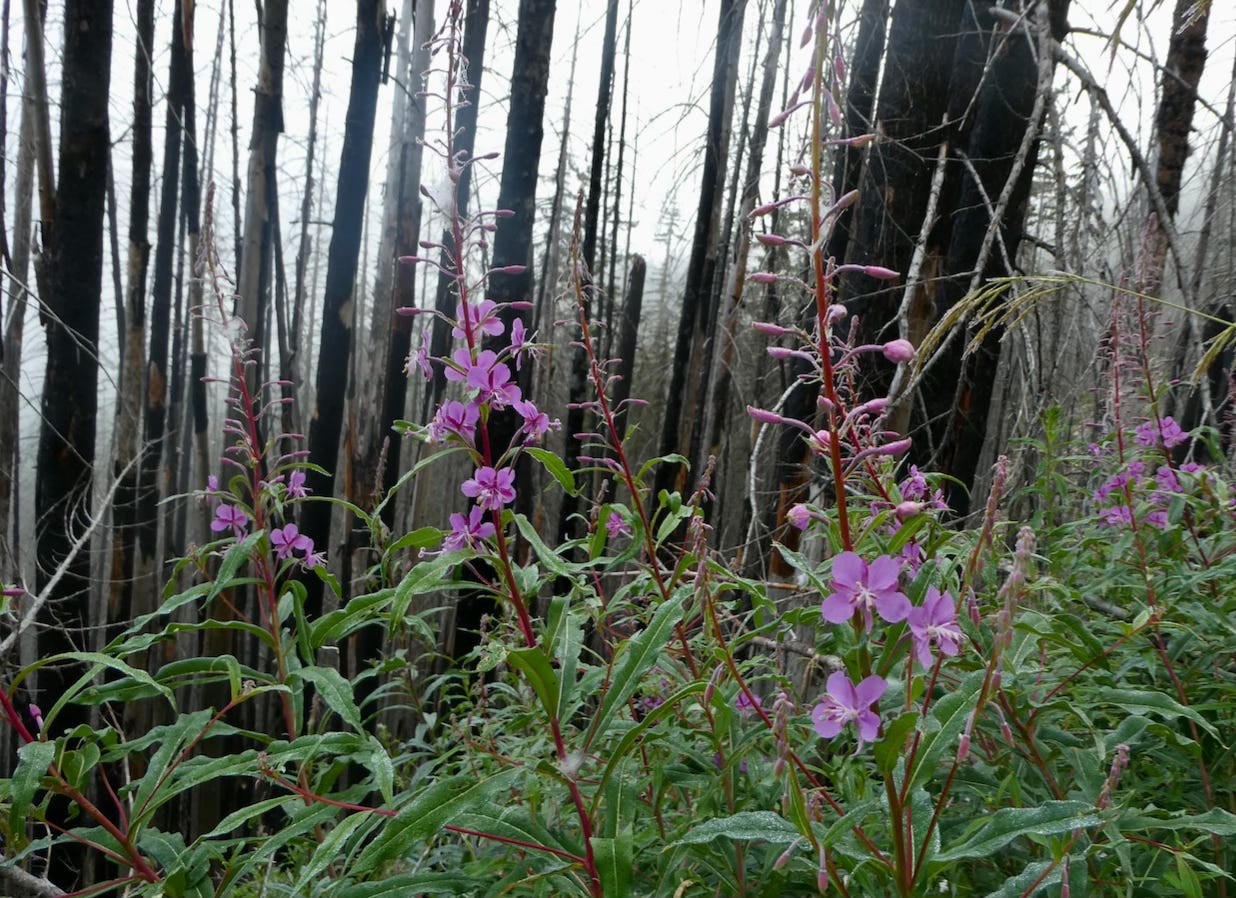
I went for a run the other day and nearly got thwacked to bits. Nothing terribly serious, mind you, but a good reminder of the exuberant abundance of one of the region’s, and, in fact, the northern hemisphere’s most prolific plants: fireweed (Chamaenerion angustifolium). They grow widely in our front yard, throughout the Cascades, circumboreally, and up to 16,000 feet in elevation in the Himalayas. Fireweed also thrives in disturbed habitat, such as adjacent to trails in lesser visited Seattle parks, which is where I encountered my floral attackers. And, of course, as the name implies, they quickly move...
Follow the Red Brick Road
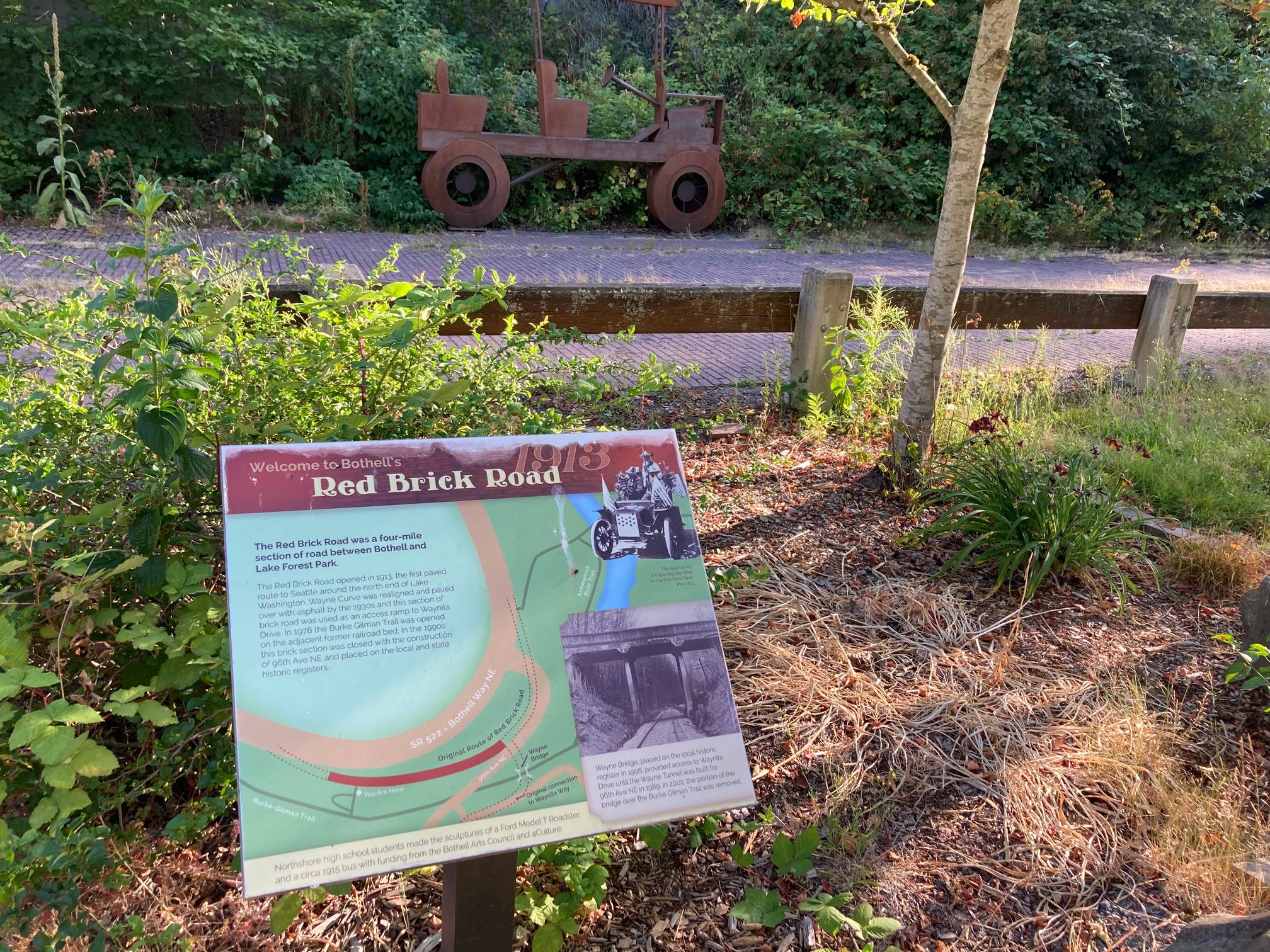
One of life’s simple pleasure is bumping along. I was able to do this the other day, on an unusual road, bumping over brick on my bike. About 200 yards long and located just off SR-522 in Bothell, near the notorious Wayne curve, the red road is the lone remaining section of the Bothell Boulevard. When it opened in 1914, the Seattle P-I described the boulevard’s “scenic beauty…[as] the equal of any in or near this city.” By 1934, though the brick had been replaced with asphalt, except for this short section, which preservationists had to save again in the 1990s...
Lost Seal? No, Just Hungry.
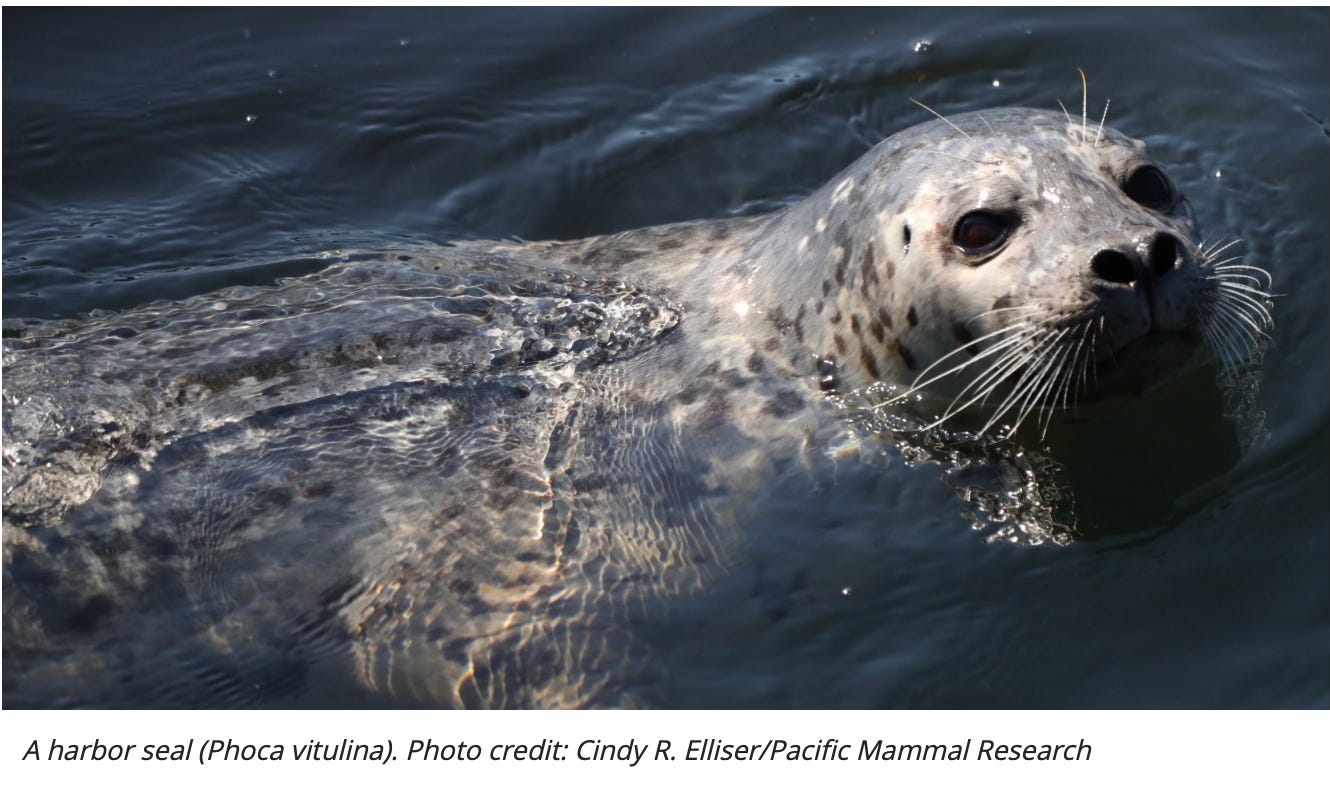
Apparently not all pinnipeds read guide books. At least that’s my conclusion after seeing a harbor seal on Saturday on my weekly ride with my pal Scott on the Centennial Trail. The spotted, gray seal was almost 18 miles away from the nearest harbor, up the Stillaguamish River. As we usually do, we stopped on the old railroad bridge over the Stilly, near Arlington. Below, the water was clear and as low as we have seen it: 560 CFS compared to the maximum we have seen of more than 60,000 CFS. The harbor seal was at the surface in the middle of...
A Naturalist at a Museum
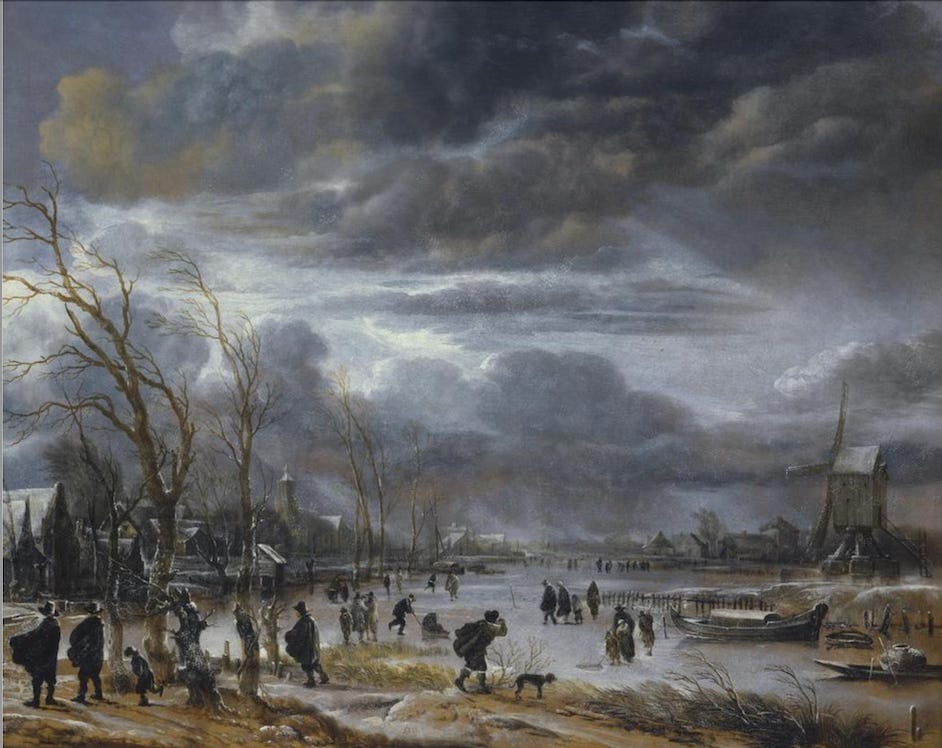
As I have been regularly writing, nature is all around us. All one has to do is slow down and pay attention, and the natural world will show her beauty. During our trip to Boston last week, I had the pleasure of seeking out plants and animals and rocks in one of my favorite environments: museums. Whenever I visit one, I like to see how artists incorporate something that means so much to me—the natural world—into their art, whether as the subject or as the medium.
In Boston, we spent about four hours in the Muse...
Memory Lane
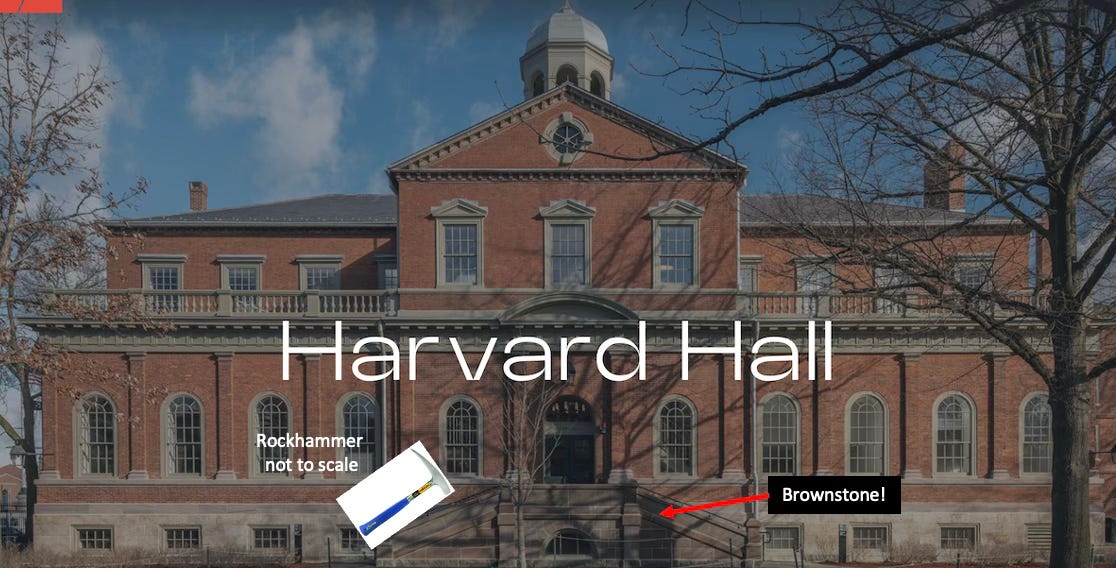
We recently spent some time in Boston, where Marjorie and I lived between 1996 and 1998. It was a trying time then. We had moved from Moab, Utah, a geological paradise, to a place where the sum total of my geological knowledge was Plymouth Rock. For the first many months I had no connections to the place, to the natural world that inspired and grounded me, as it had done in Utah.
But then one day I was on the Harvard campus looking at Harvard Hall, built in 1766. At its base was a rock that Bostonians and New Yorkers...
Birders Gone Bad
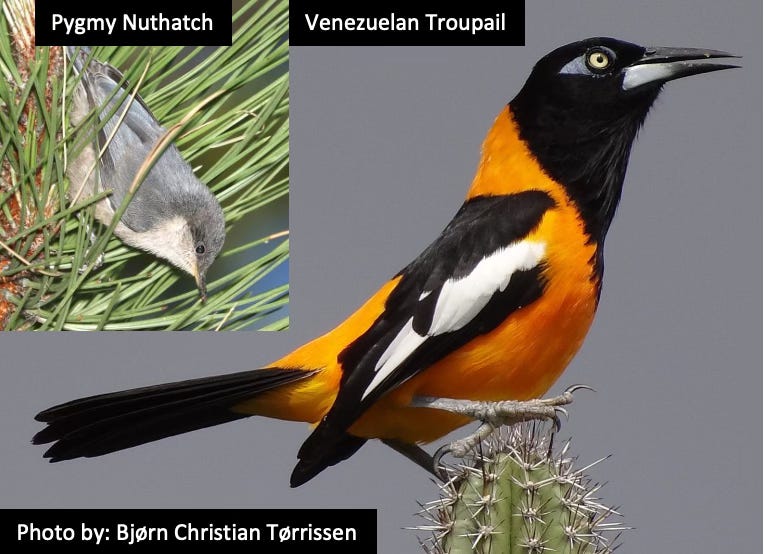
What is it with birders and birding in fictional TV and movies? They seem to go out of their way to make poor observations and incorrect identifications. I know you might be shocked but there’s an infamous ornithological blunder in the 2000 remake of “Charlie’s Angels.” The angel played by Cameron Diaz ferrets out the evil villain’s lair by a bird she hears in a recording. Ms. Diaz claims the bird, supposedly a Pygmy Nuthatch, “only lives in one place—Carmel, California.” Tell that that to the nuthatches who inhabit the ponderosa pine forests of eastern Washington. The movie eventu...
Time and Tide Waits for No One
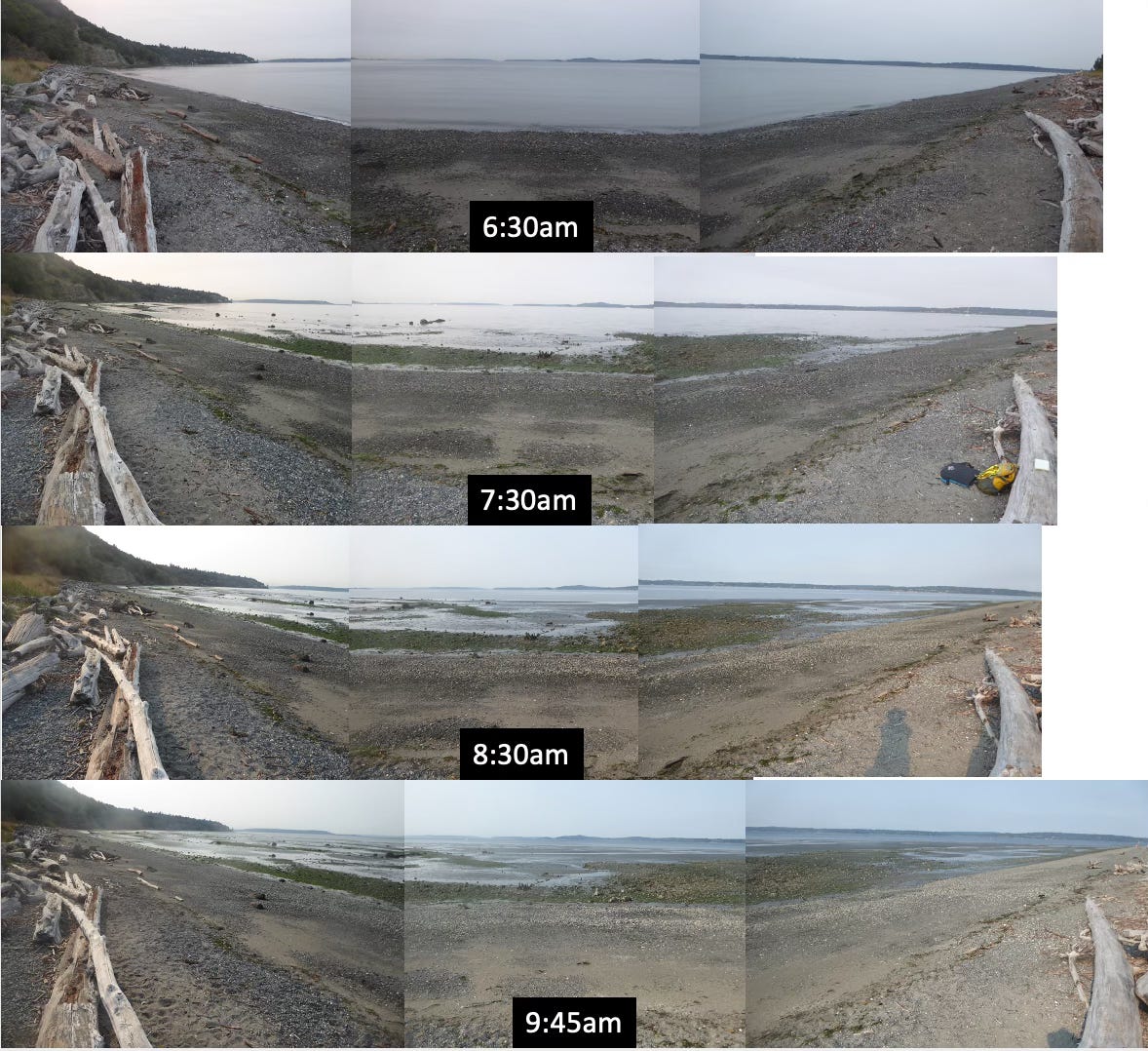
The narrow band between high and low tide is Puget Sound’s most protean ecosystem, where the rhythms of existence fluctuate with the twice-daily expansion and contraction of our inland sea. For thousands of years, those pulses of water dictated life for the Sound’s human inhabitants. Where people lived, how they traveled, and when they could find food all depended on knowing the tides and how they affected the movement and location of water, plants, and animals.
Today, understanding the tidal cycle of the Sound has little relevance to most residents’ lives. We no longer worry much a...
We All Live in a Watershed
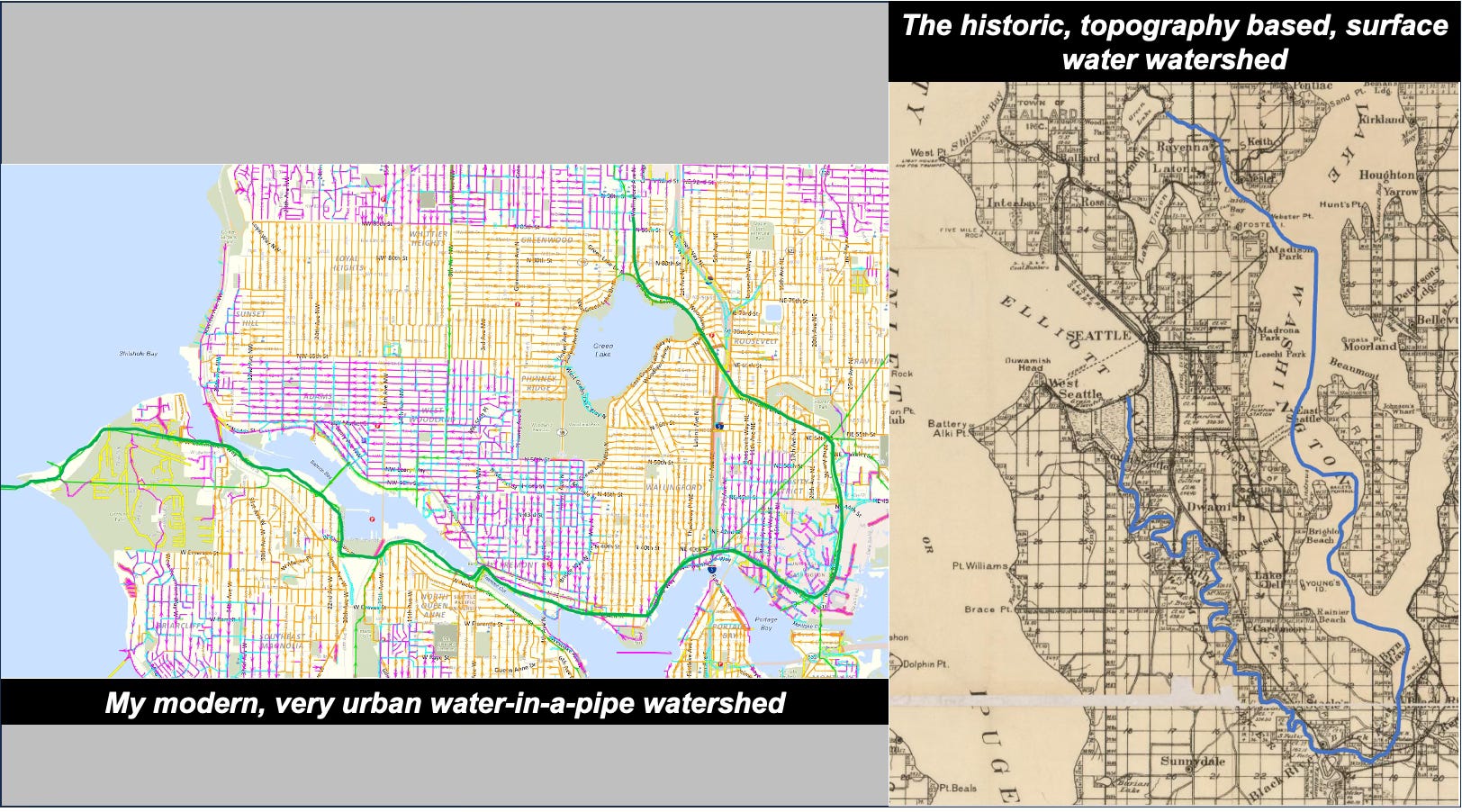
Seeps. Springs. Rills. Brooks. Creeks. Streams. Rivers. A web of water tendrils entwines the landscape and provides habitat, transfers nutrients and sediments, creates travel corridors, and bestows beauty.
Veins. Arteries. Neural Networks. Life blood. Life. What are rivers but breathing, living centers essential to the health of the environment for the more-than-human and human world we all inhabit.
I was prompted to write this newsletter by reading Robert Macfarlane’s new book Is a River Alive? Not surprisingly, considering his previous books, such as Landmarks and Underland, it’s provocative, filled with elegant and moving pros...
Snow Flakes of Cotton
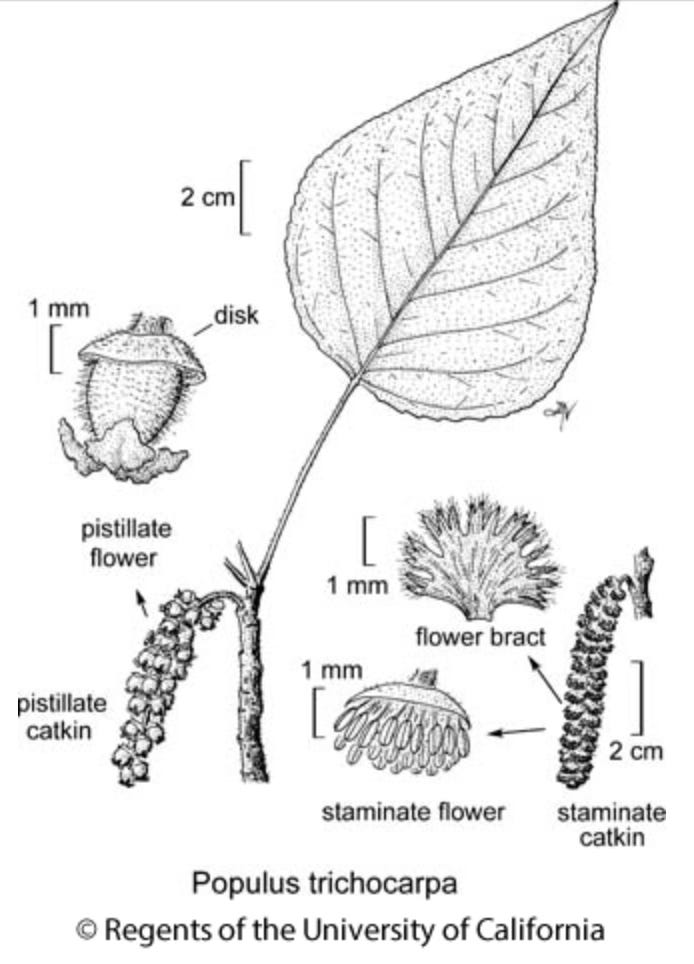
Tis that time of year when cotton starts to snow the landscape. I always enjoy this annual falling of little white clusters out of the sky, particularly since we see so little real snow falling in Seattle. Neither cotton nor snow, the white “flakes” come from our local cottonwood, the black cottonwood, Populus trichocarpa. The specific epithet provides a hint to the plant’s legendary, or notorious for some, feature, as trichocarpa means “hairy seed,” from the Greek thrix, a hair, and karpos, fruit.
The female plants generate the snowstorms, from their seedpods, about the size of a pea and...
Too Hot! Goats to the Rescue
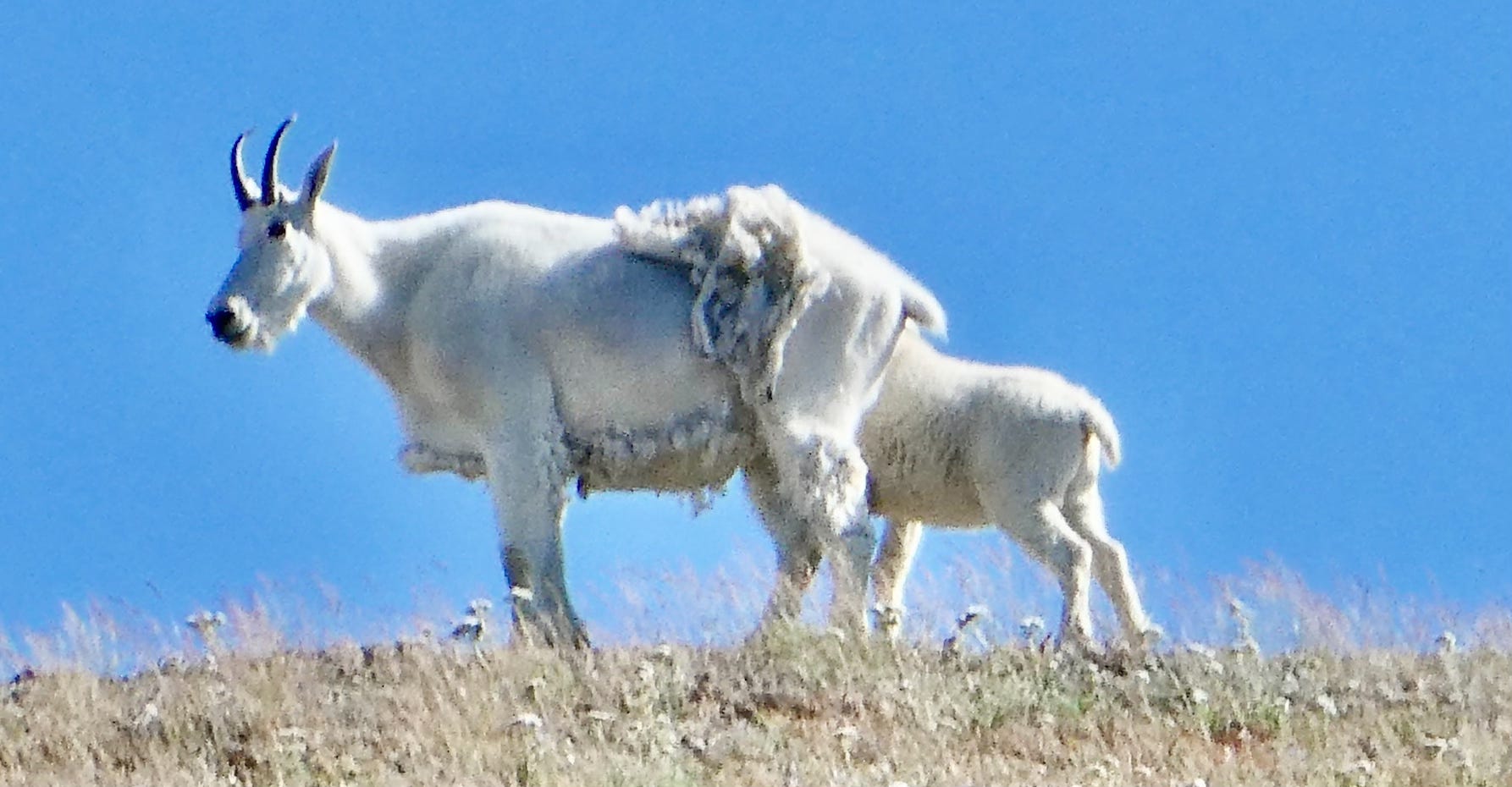
Yesterday the temperature peaked at 82 degrees in Seattle. That ain’t right. Our normal high for May 28 is 68 degrees. So, like any good Seattleite in such a dire situation, I panicked and sought out whatever cooling I could find: cold drinks, our basement, and stories of cold, such as people freezing to death and resorting to cannibalism on mid-19th century Arctic expeditions. Being the kind and kind of writer I am, I’ll spare you the details of the Arctic diet and instead relate another story of cold, which I hope helps my fellow Seattleites, and others who dwel...
Twelve Ways of Seeing Blackbirds
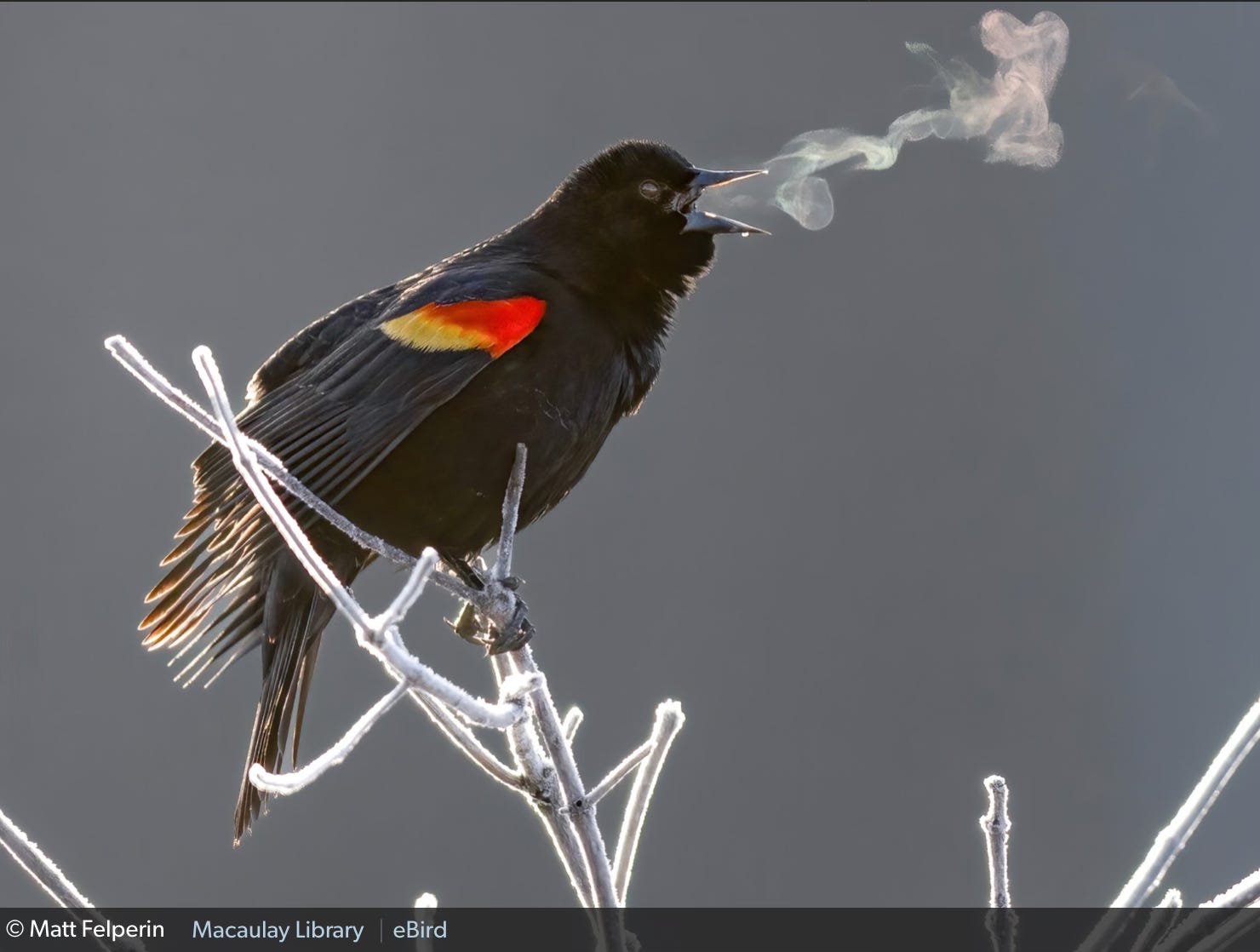
Today, I’d like to highlight a local favorite of mine: the Red-winged Blackbird - Agelaius phoeniceus.
* First Name: Red-winged would be a wonderful description, if it were correct. The problem, at least in regard to reality, is that red only applies to the bird’s shoulder patches. An older, first name used to be red-shouldered but apparently those who name birds eschewed the logic and decided to exaggerate the spread of red.
* Surname: Blackbird is also apt, as the birds are all black. At least the males are. Recently, bird names have become controversial beca...
Flying Fish

My story last week about the herring caught by the Osprey reminded me of another flying fish tale. This one is even nuttier, with longer lasting consequences.
If you were standing on the shore of Lake Washington on September 15, 1938, you could have seen 2,000 flying trout. They came from a low flying plane, which dropped the fish fingerlings in a rectangular metal can attached to an old gunny sack fashioned into a parachute. The fish bombers experimented during several flights, varying the size of the can and the parachute. They then recovered the cans and discovered that the...
Top Wild Sights of Seattle
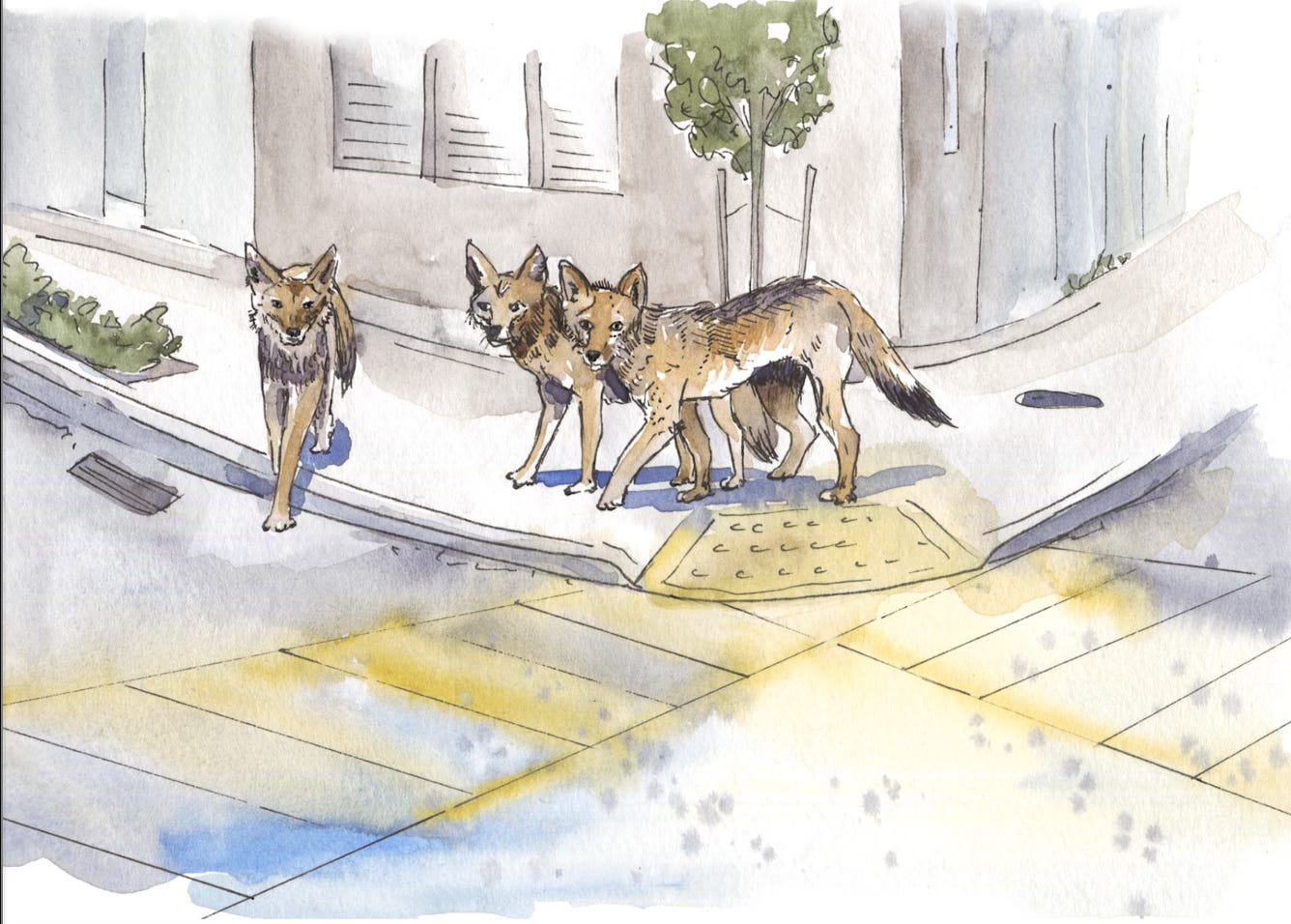
The other day at one of my talks for my new book, Wild in Seattle, someone asked me what was the wildest thing I had seen in the city. I thought it was a great question and, prompted by my big brother, I decided to come up with some of my favorite wild sightings in Seattle.
Flying Fish - At Alki Point with a pal, we saw an adult herring passing over us in the talons of an Osprey, who disappeared to the north. Then the Osprey and herring returned back over the water, followed by a...
Bird's Eye Seattle: 1884
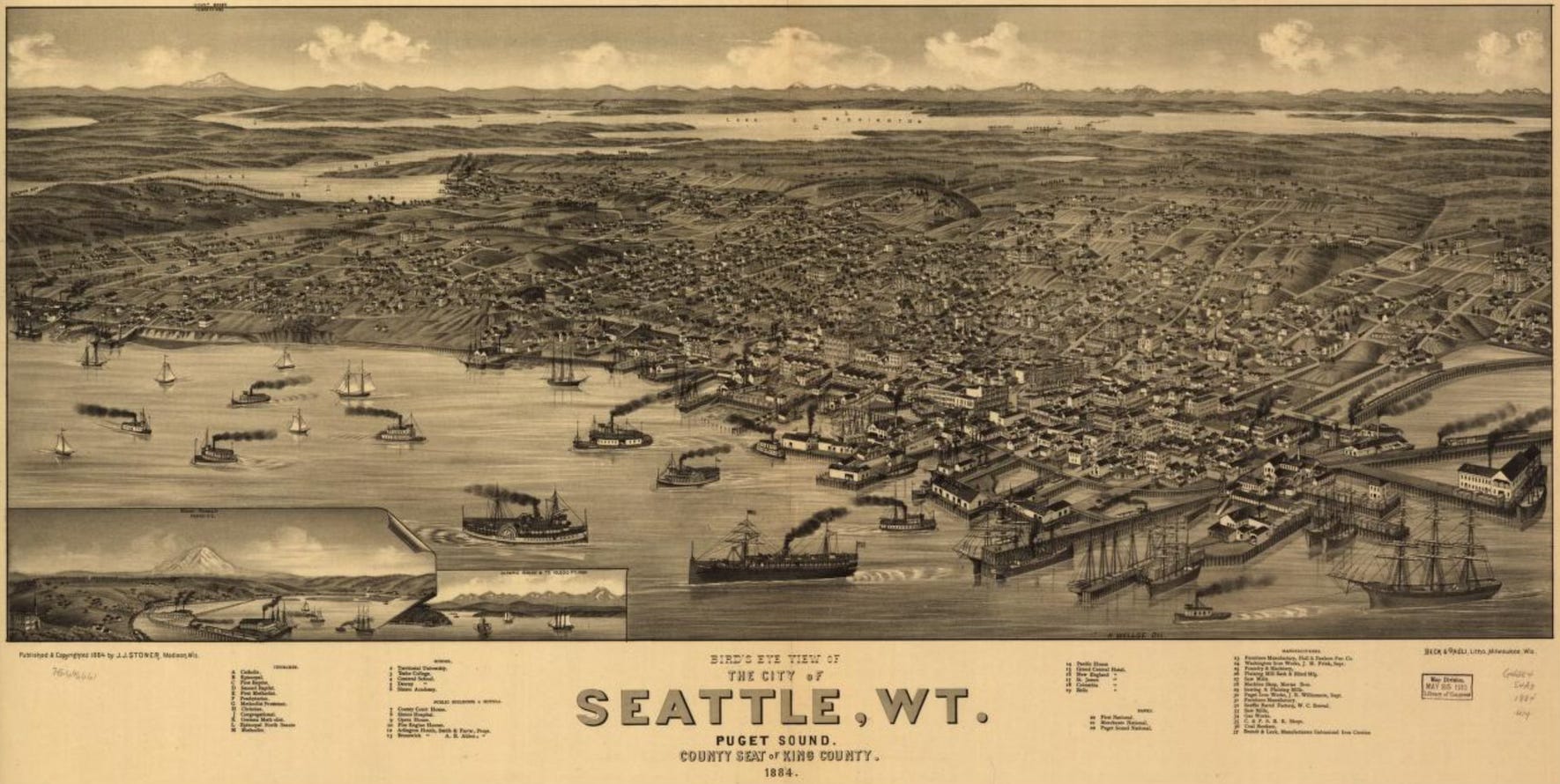
On July 14, 1884, a short article appeared in the Seattle Daily Post-Intelligencer. It noted that artist H. Wellge had just completed “the finest view of Seattle ever taken.” The image was of the bird’s-eye character, measured 14 inches wide and 33 inches long, and would cost $3 apiece, or 12 for 20 bucks. “It will be a splendid thing to send abroad to advertise the town.” Bird’s Eye View of the City of Seattle, WT would be one of more than 150 panoramic bird’s eye views that German-born Henry Wellge (1850-1917) made from Florida to Yellowstone National Park to Seattle.
In Wellge’s illus...
Slug Fest

This past weekend, Marjorie and I and friends went walking in a splendid, wooded area, Taylor Mountain. Like other forested spots near Seattle that have been protected by the city, county, state, or federal government, it is haven of beauty. Biggest were the holy trinity trees—Douglas firs, western red cedars, and western hemlocks—many so large I couldn’t wrap my arms around them. We debated if they were original growth and concluded they were not. Back in the day, no logger would have left behind any trees; these arboreal skyscrapers simply illustrated the stunning ability of our local...
Rejoicing in an Orwellian Spring
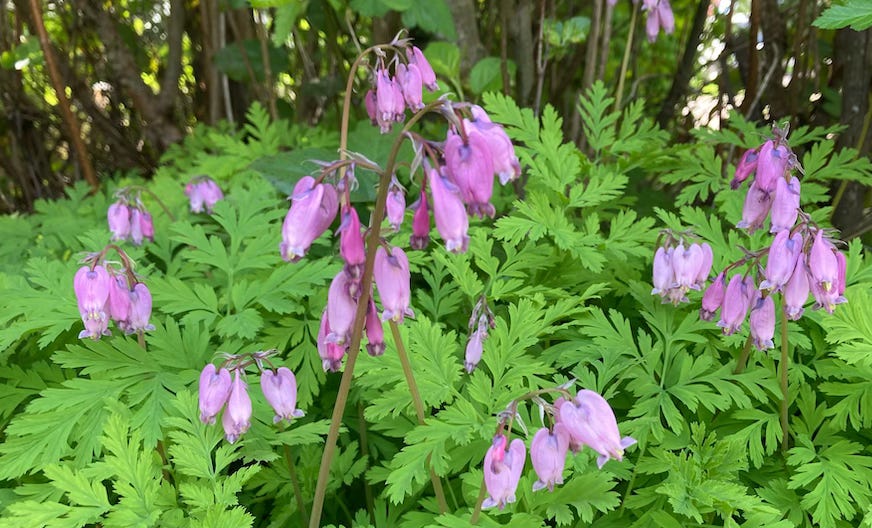
Alas, it’s back to me after last week’s lovely interlude by Marjorie.
“The point is that the pleasures of spring are available to everybody, and cost nothing. Even in the most sordid street the coming of spring will register itself by some sign or other, if it is only a brighter blue between the chimney pots or the vivid green of an elder sprouting on a blitzed site. Indeed it is remarkable how Nature goes on existing unofficially, as it were, in the very heart of London.”George Orwell - Some Thoughts on the Common Toad - A...
Ode to My Naturalist
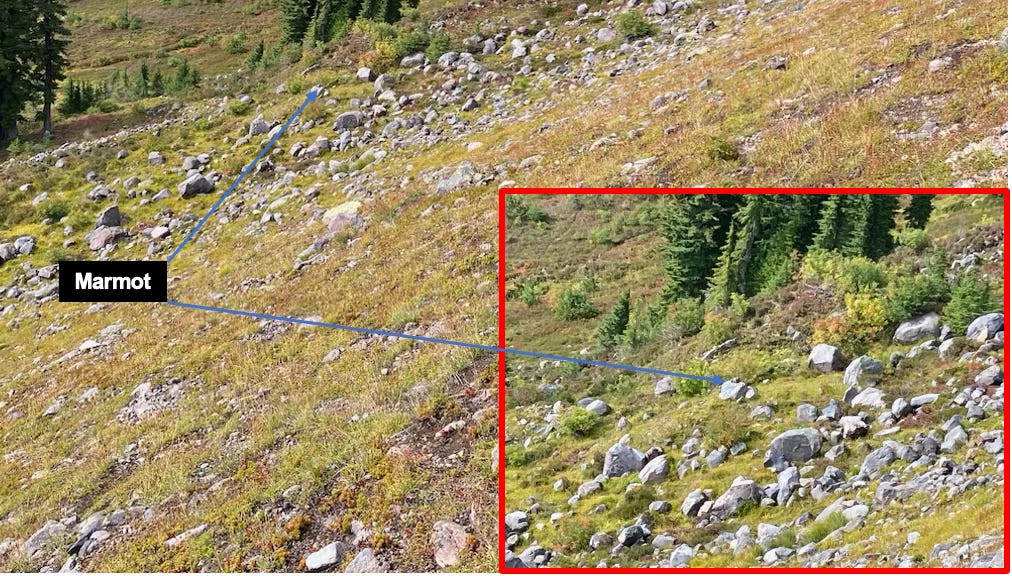
Hello from Marjorie, the wife often referred to in David’s writing. In honor of David’s birthday week, I offered to write a newsletter and give readers some insight into the man behind the Street Smart Naturalist. Back to normal next week.
Someone recently said to me, “Gosh, David must be fun to live with.” This was during a walk when he spotted a hawk perched on a rock cliff 75 feet above us. The rest of us barely saw the rock, much less the bird.
Yes, living with a super-naturalist is fun. He expands my world...
"Wild in Seattle" is Published!
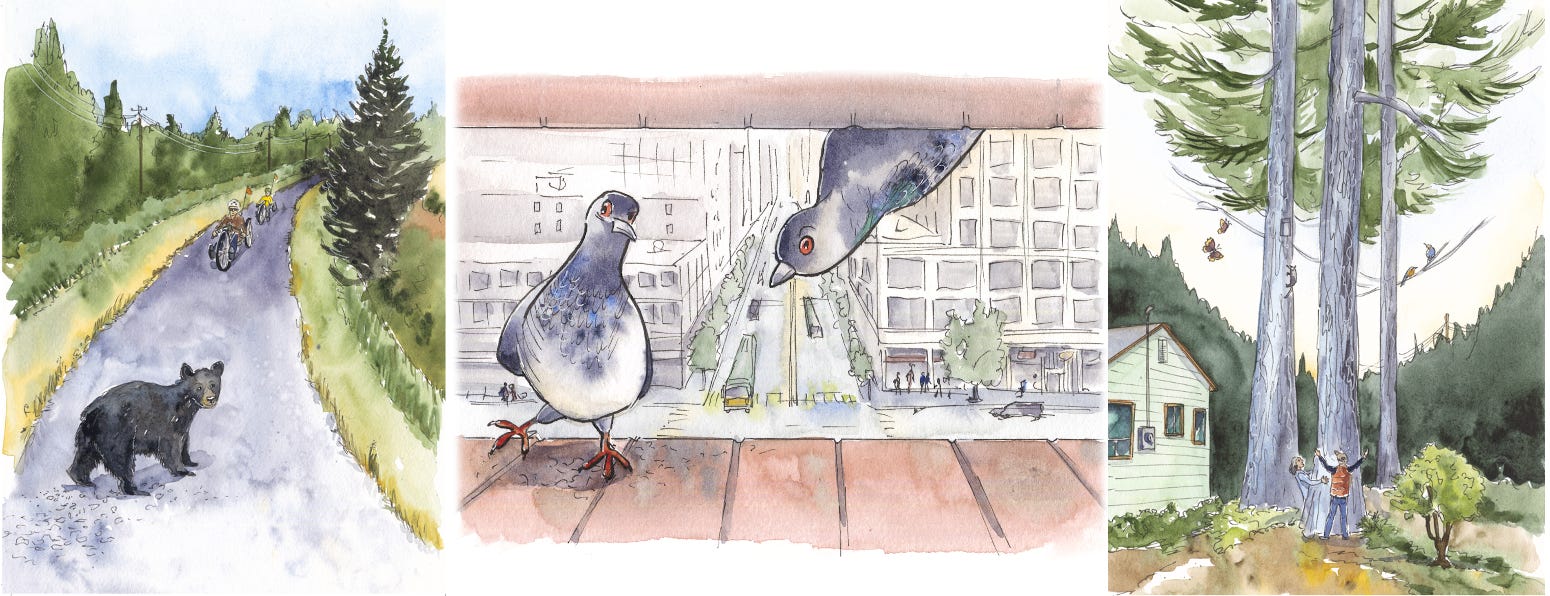
I am excited to announce that Wild in Seattle: Stories at the Crossroads of People and Nature is now on sale in bookstores. My first thanks goes to Mountaineers Books for all of their hard work in creating this beautiful book. My second goes to Elizabeth Person for her wonderful, whimsical watercolors. The book is worth buying simply for her illustrations.
Wild in Seattle is an outgrowth of my first three years of the Street Smart Naturalist newsletter. It brings together 48 of my favorite essays about natural history in Seattle and her surroundings. They include classics such...
Bird's Eye Seattle: 1878

In early January, I wrote about one my favorite images of Seattle, August Koch’s 1891 Bird’s Eye View. I’d now like to return to another similar map: Eli Sheldon Glover’s 1878 Bird’s-Eye View of the City of Seattle. An itinerant artist, Glover produced similar panoramas of Tacoma, Portland, Walla Walla, Olympia, and Port Townsend. Glover’s is the first of this style of illustration done for my hometown. Just 3,200 people lived in Seattle when Glover executed his drawing.
The most curious feature of the illustration is Glover’s regrading of the city. He has flattened Seat...
CSI: Critter Scene Investigation

We ventured down to Arizona last week to attend the amazing Tucson Book Festival: 130,000 attendees and 320 authors. It’s a book dork’s idea of heaven.
While down in the desert, we saw two, curious natural history scenes, both worthy of closer investigation and consideration. Unfortunately, both also centered on dead animals my wife and I found on a morning walk on a road.
The first was a tarantula. I assume the spider had ventured out in search of food, perhaps triggered by the rain that had fallen in the night. Since the body was not...
Paths of Least Resistance
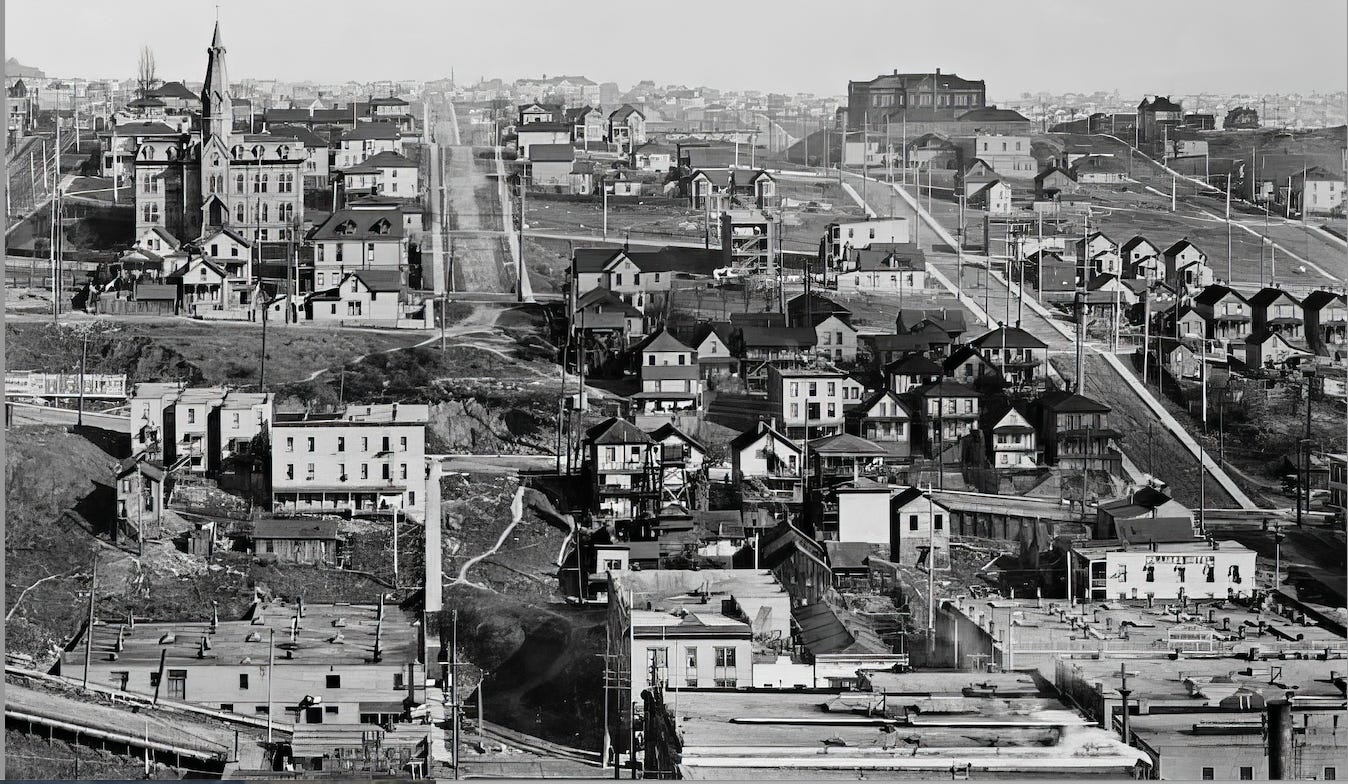
Over the weekend, I went out for a quick walk around our neighborhood, which I have done thousands of times. So it was rather exciting to discover something new. In particular, I walked on a path I had never trod, much less seen. It wasn’t terribly long, perhaps 50 feet, or challenging or scenic. Located at the end of a Dead End road, the dirt path simply allowed me to cut easily through blackberries and down a short slope to the back end of a parking lot. Still I felt a frisson of excitement.
Doing so saved me...
Freezing and Heaving
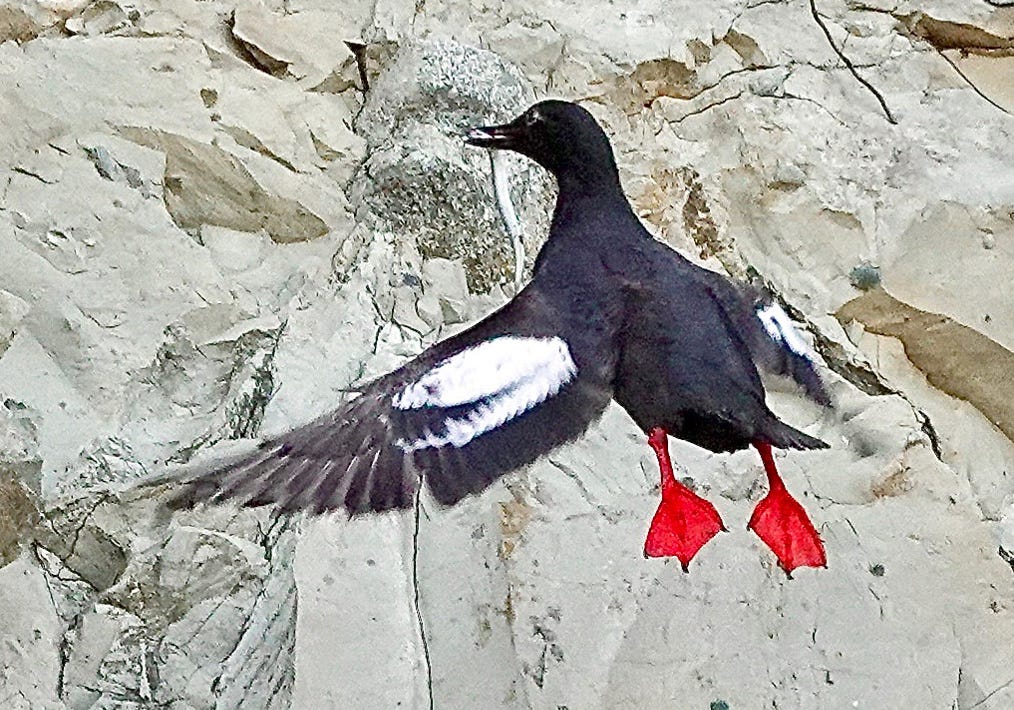
Recently on a walk at Dungeness Spit on the Olympic Peninsula, my wife and I saw a curious phenomenon. If you haven’t been out to this five-mile finger of sand and driftwood, you are missing out. It’s pretty darned amazing. That being written, we didn’t actually walk the spit. Unlike we usually did at the beach, we turned left, instead of right, and walked along the bluff that rises out of the water and runs toward Port Angeles. I have long liked this spot. The bluff is geology in motion. As waves undercut the face, sand and co...
Keepers of the Land
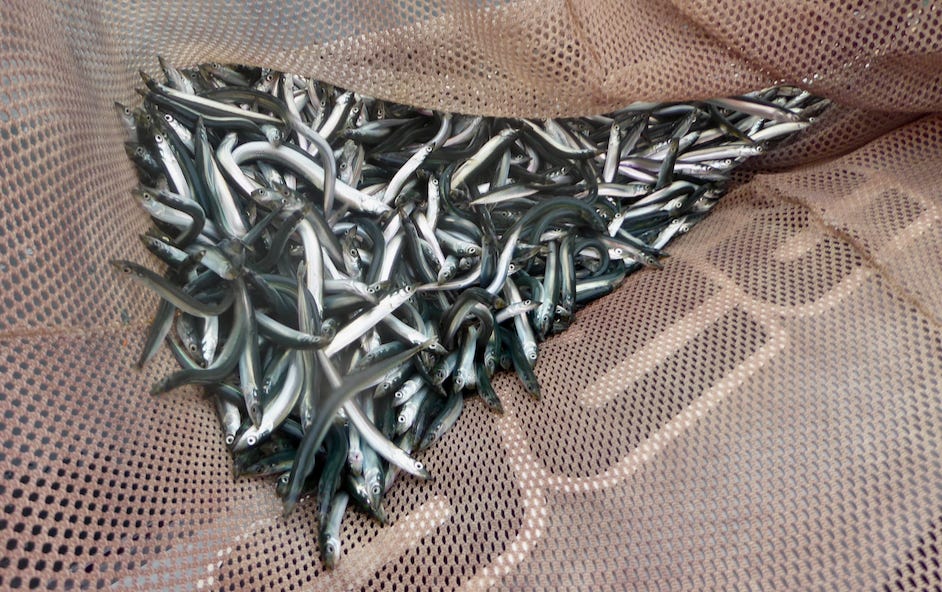
Many, many years ago, I was a national park ranger at Arches National Park and the Frederick Law Olmsted National Historic Site. As a ranger, I led tours, helped people understand what they were seeing, cleaned up trash, removed graffiti, and answered numerous questions. (The most popular was “Where’s the bathroom?” “Out the door and to the left,” was the answer.) I assisted on search and rescue, carried out visitors who needed first aid, and fought fires.
I knew that I was privileged to be a ranger and work in these amazing places. I knew that I was not...
Seattle Walks
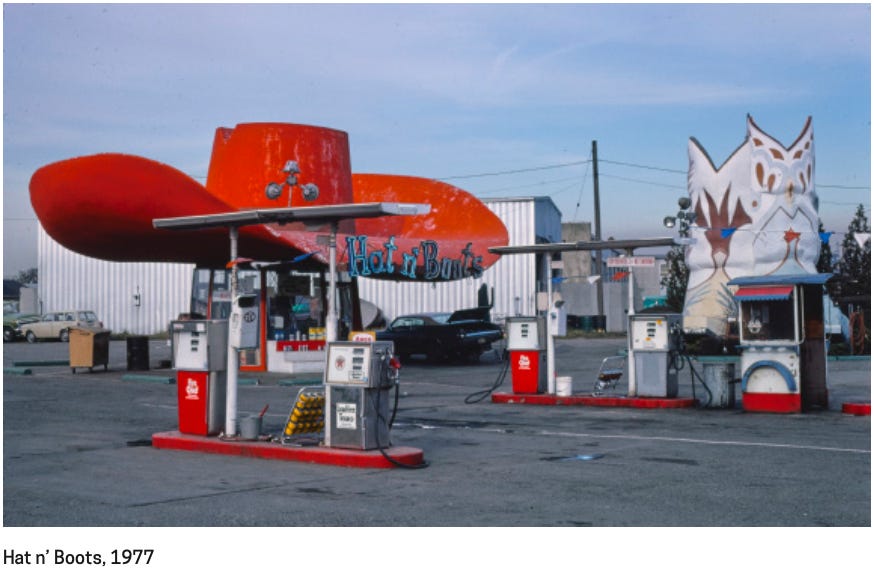
I hope you’ll put up with a bit of self-indulgence and promotion. I am excited to announce that the new, updated edition of Seattle Walks is now available in bookstores. Here’s the skinny on it.
In the fall of 2023, Nicole Mitchell, the director of the University of Washington Press, contacted me about updating the original Seattle Walks. We had been talking about it on and off for several years—and going on walks together—so I knew I wanted to do it. Part of my impetus was that since the press published the first edition of Seatt...
Written on Snow
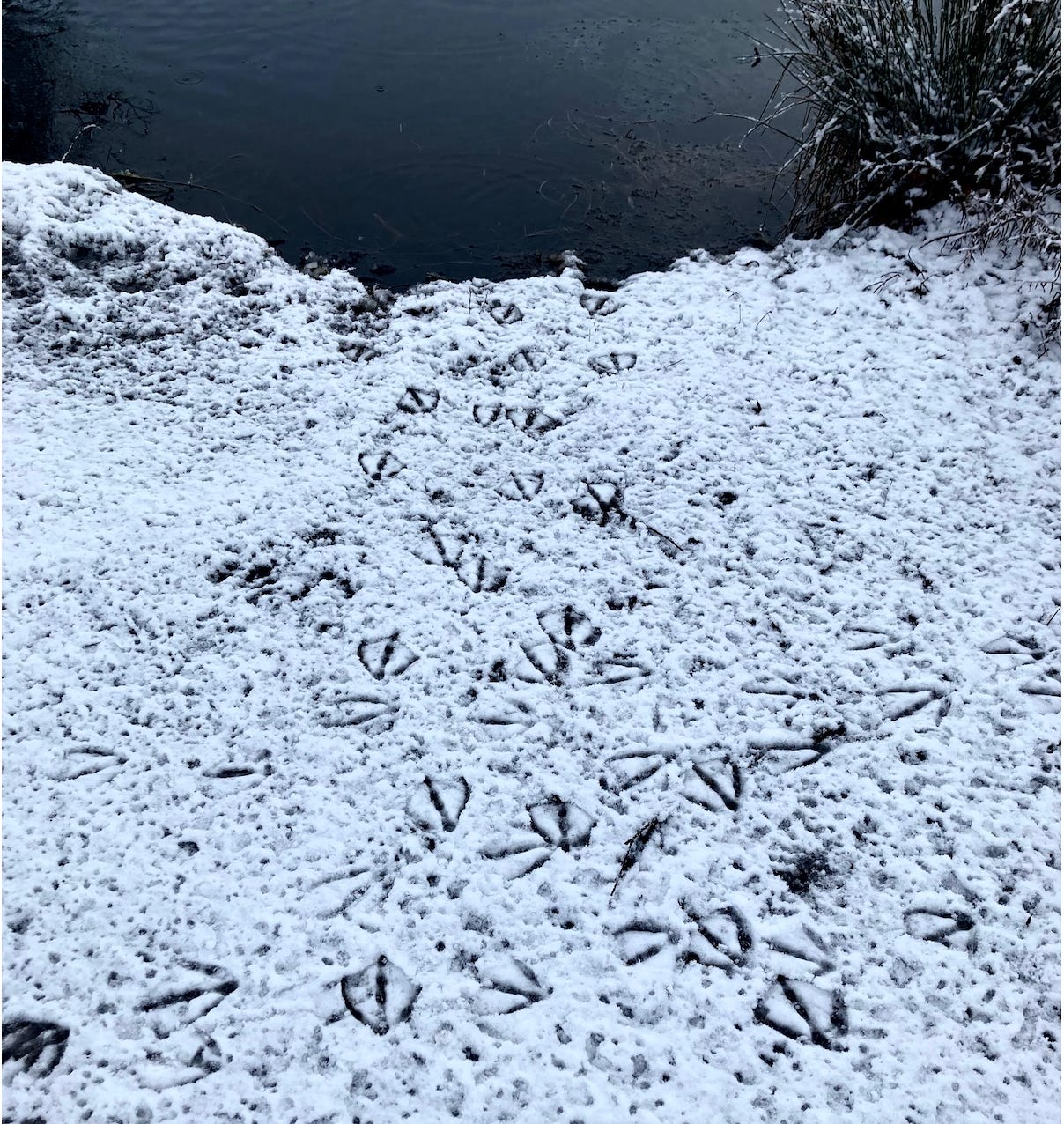
Few natural story tellers are better than snow. Or more ephemeral. I was lucky enough to read some of the stories told by snow in Seattle’s recent snowmageddon. For those not from my fair city, we got about 2 inches of the white stuff or enough to cause general panic and chaos. Steep hills, a lack of equipment to deal with snow, and over confident drivers are not a good recipe for safe travel. One year, the lack of preparation for snow even led to the political demise of our mayor.
Taking advantage of the snow, I wa...
Waterfront Clam Garden
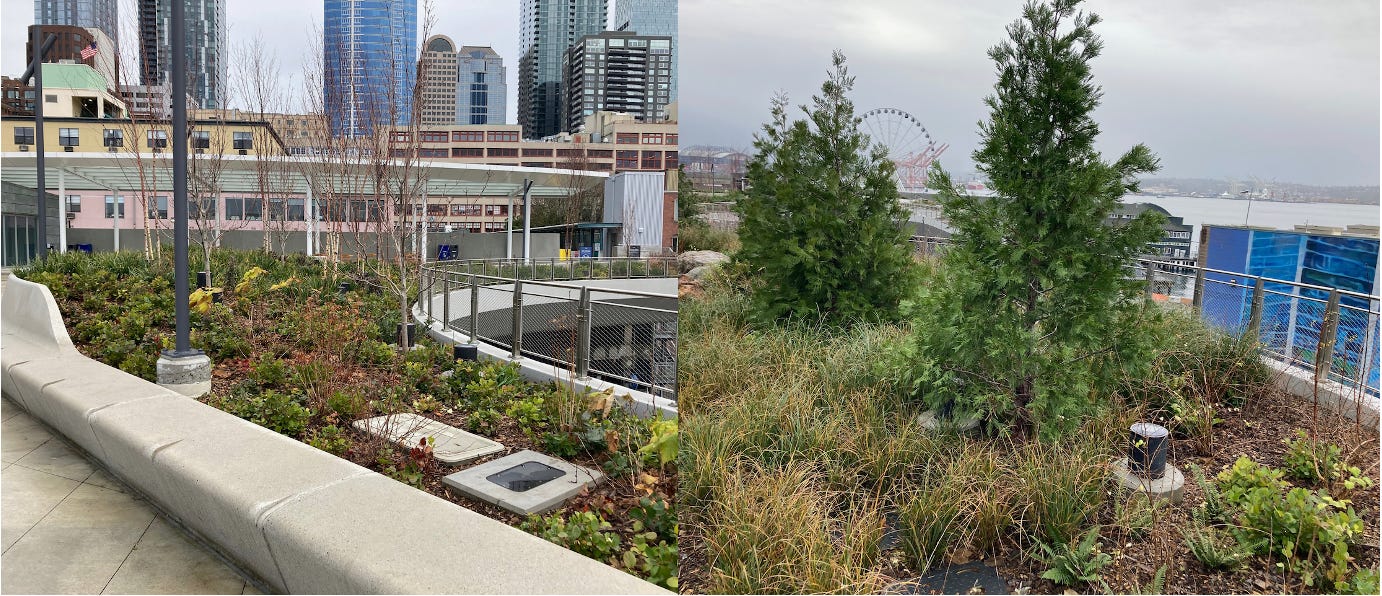
Last week I had the privilege of touring Seattle’s new waterfront park with my friend Owen Oliver. A writer and artist, he has been a key consultant to park designers highlighting Coast Salish priorities. We first met several years ago when he reached out to me about my book Homewaters. I was deeply honored when he wrote: “I appreciated everything you did to give justice to the landscape learned knowledge of the Indigenous people.” Since then, we have had many fine conversations; I always learn from Owen.
Our tour began in the north at Pike Place Market...
How Not to Name a Mountain
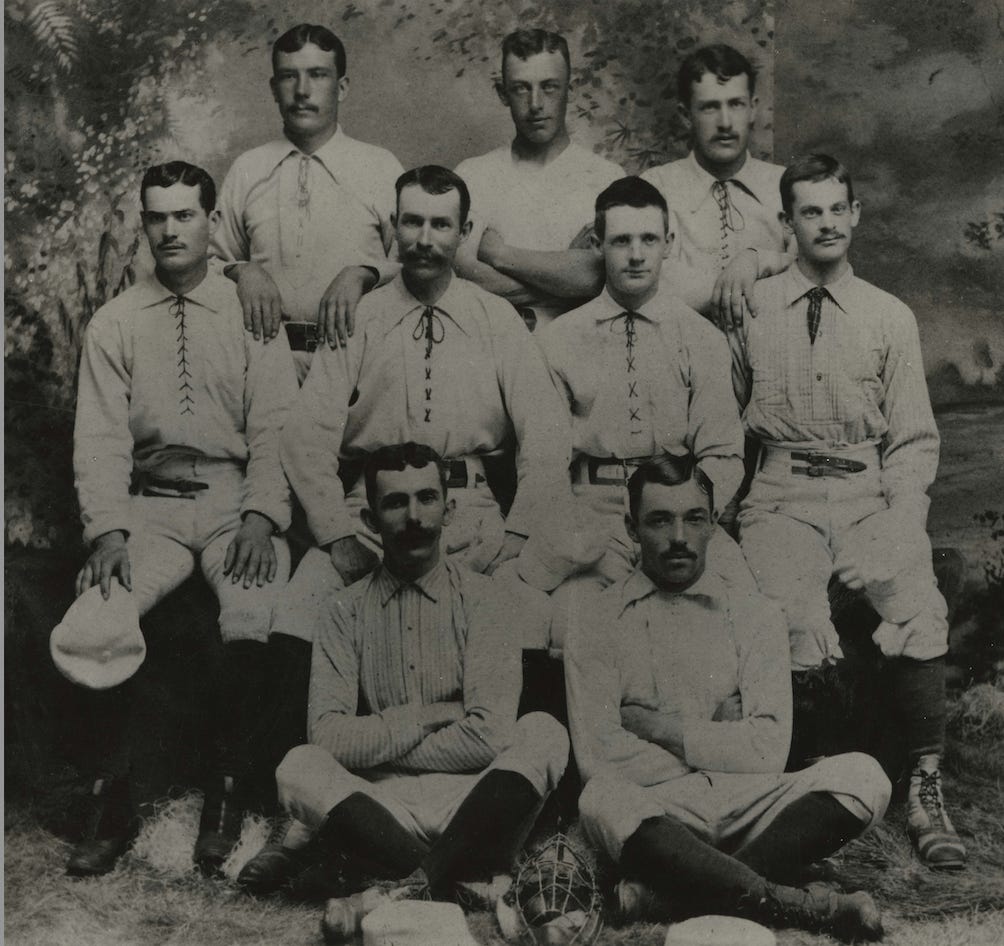
Since election day, the president has issued a vast and horrible horde of executive orders. Most have been short-sighted and narrow-minded. Many have been racist, mean-spirited, and vindictive. Others have been perplexing and one or two can be classified as mainly the gestures of a megalomaniac. I would like to comment on one of the latter ones, in part because it has a Seattle connection.
In 1886, William Andrews Dickey arrived in Seattle. It was the home of his wife’s parents, Dillis and Sarah Ward. Dickey was a chess prodigy and star pitcher for the Seattle Reds an...
How Not to Read a Map

I like to think I am pretty good at reading maps. I understand topo lines and can tell a valley from a ridge from a summit. I know to look for scale and that sometimes 39-foot cliffs don’t show up on a map with 40-foot contours. I also know that maps can lie and mislead and that people use them for political or other sinister purposes. That being written, I didn’t expect to question my navigational talents via a small map illustrating part of a Washington State Park. But I was.
Over the weekend, my wife...
Slime Molds
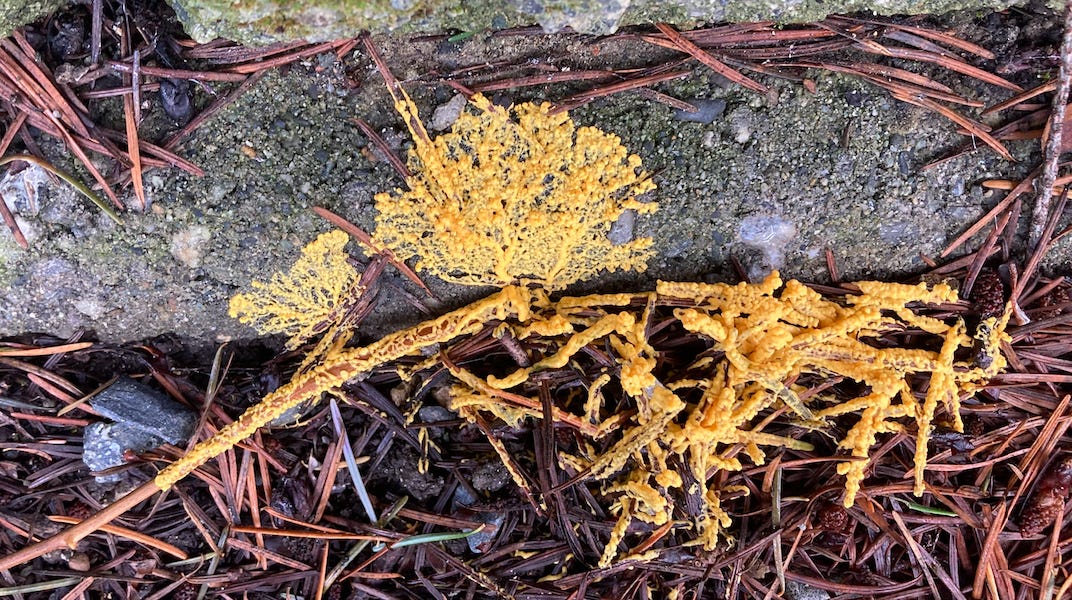
2025 began with a burst of color in our yard. Along the wall in our backyard, I spotted a patch of brilliance, the astonishing yellow-gold of a slime mold. It looked a bit like a two-dimensional broccoli, with radiating stems topped by little balls, each about 2 millimeters wide. The growth on fir needles, cones, and sticks was less diverse, basically rows of lemon-colored balls. I have seen slime molds many times before on hikes but never in our yard; I took it for a good omen for the year.
Overlooked, often unloved, sometimes derided, and once an inspiration...
A Bird's Eye View of Seattle: 1891
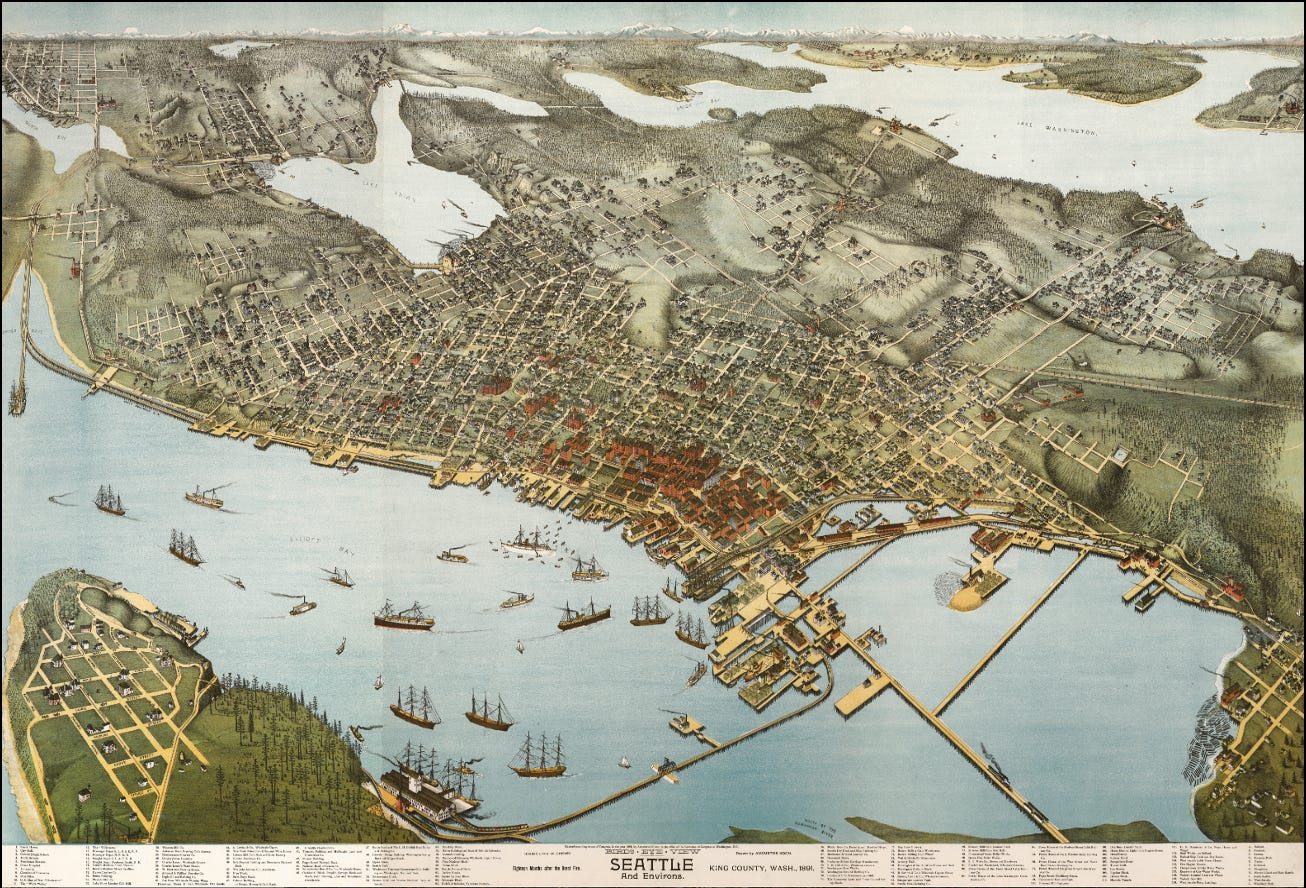
I have long been enamored with maps so I thought I’d begin 2025 by exploring one of my favorite’s. In 1891, Augustus Koch produced his Bird’s Eye View of Seattle, a glorious illustration of the city. As he noted on the map, it came out just 18 months after Seattle’s Great Fire. Koch was illustrating the city’s rise from the ashes.
Like many his age, 49 years old, Augustus Koch had fought in the Civil War, where he had been draughtsman making maps. For the past two decades he had traveled the country producing fantastic aerial views of c...
Ghost Lakes
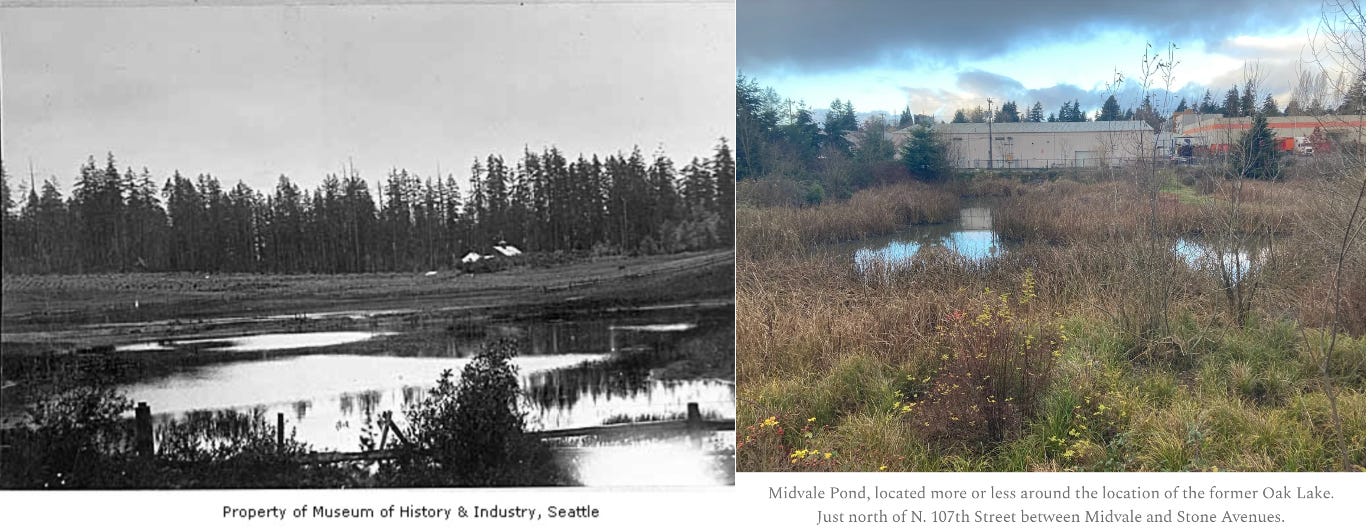
Happy Holidays to all.
A couple of weeks ago I explored the world of ghost creeks in Seattle. Now, I’d like to turn to ghost lakes. Like ghost creeks, these are bodies of water that have been overlooked, buried, or long forgotten. They are far rarer in the city though some still rise from the dead and haunt their former landscapes.
I know of only two, Seattle ghost lakes that merited names. The northern one was Oak Lake. Located roughly between North 100th and 107th streets and Ashworth Avenue North and Aurora Avenue North, th...
Two Roads Diverged
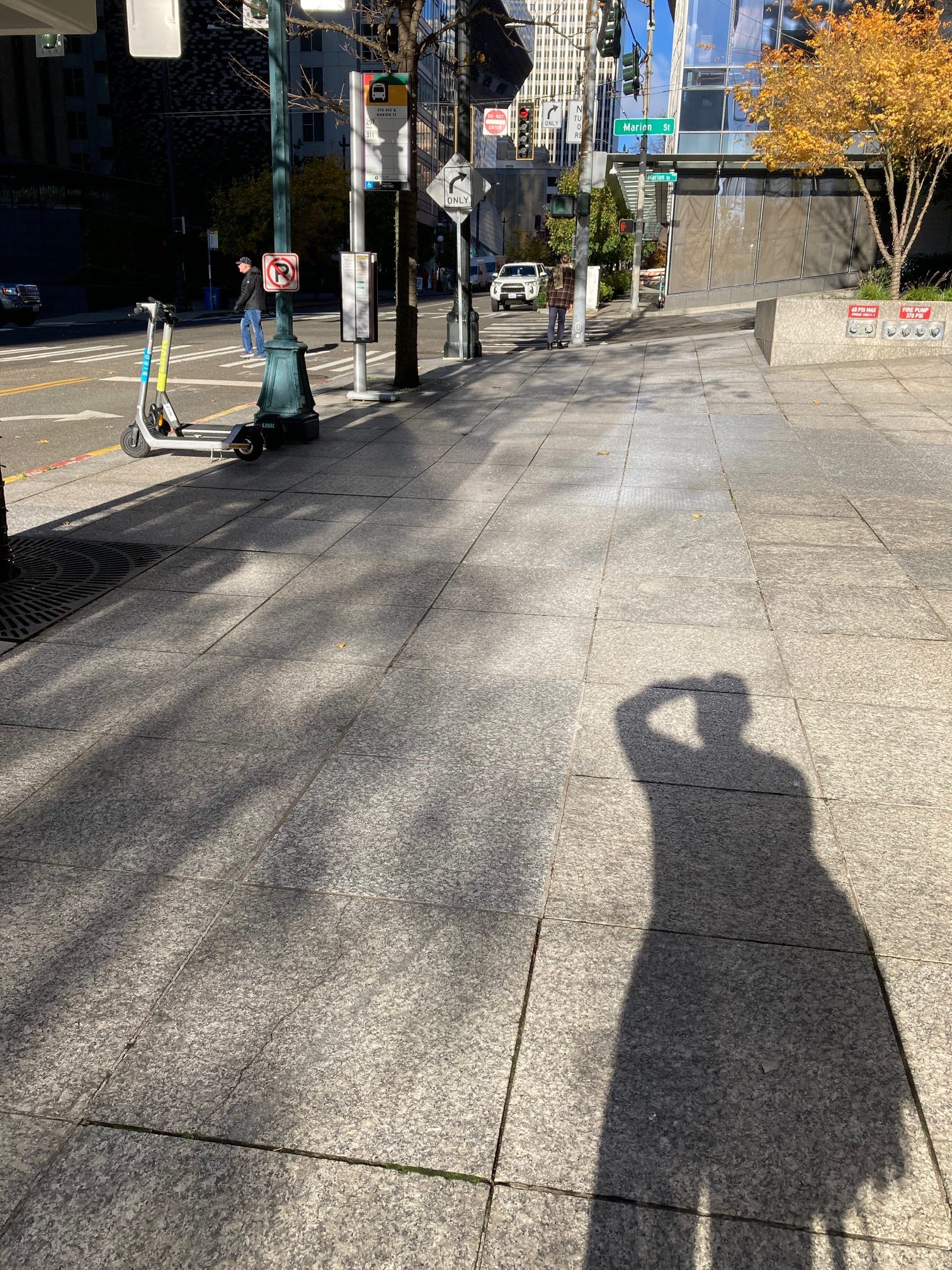
As a map and geography dork, one of my little pleasures is being a gnomon. This is particularly true when my shadow is directly in front of me as I walk north on a city street. When that happens, I know it is celestial noon because most streets in most cities are laid out due north/south, which means you also have a gnomonic ability. Therefore, I was confused when walking up Fifth Avenue in downtown Seattle. (I was also a bit taken aback simply by the sun being out in late November.) The reason for my confusion was...
Of Hair Ice and Woodpecker Holes
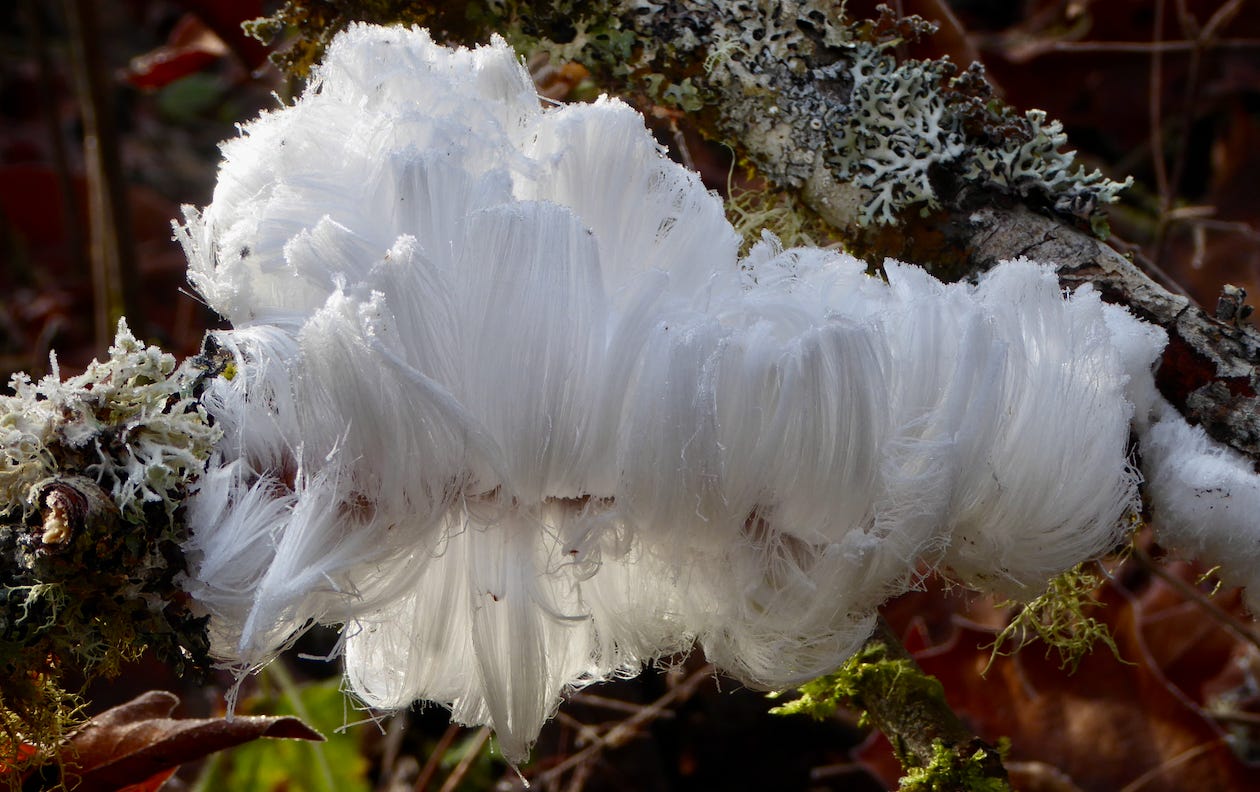
One of my joys of discovery is heading down an absorbing path of seeking out more information in newspapers and scientific journals, reaching out to friends and colleagues, or delving into the books waiting to be probed on my bookshelf. No matter where these paths lead me, I feel I am rewarded by the knowledge I gain and the connections I make.
I have had this happen many times in my writing life, including this encounter on a very cold winter day. My wife and I were walking with a pal of ours at Tolt River-John MacDonald...
Ghost Rivers: Newsletter and Podcast

Greetings all. Several people suggested that they would prefer the podcast and newsletter packaged in one email, so here it is. Again, any thoughts on this experiment with podcasts would be great.
As occurs in many cities, ghosts thread the landscape of Seattle, quietly passing by us everyday. Endless and ceaseless in their travels, despite some of our efforts to thwart their movement, they occur in every neighborhood. None of them call attention to themselves, though they occasionally burst out and wreak havoc, but all make an impression as they cut through the city’s hills and ra...
Podcast 1 - Thankful for Salmon and Beaver

Greetings readers of the Street Smart Newsletter. I am trying something new and am creating a podcast based on my newsletter. As you will hear, it’s pretty basic, just me reading the newsletter. I have no idea how this will go but figured it couldn’t hurt to give it a try.
My plan, if this works, is to record my future newsletters and possibly to go back and record some of my previous ones, if I can figure out to do so without having to send you announcements about that.
If you already have...
